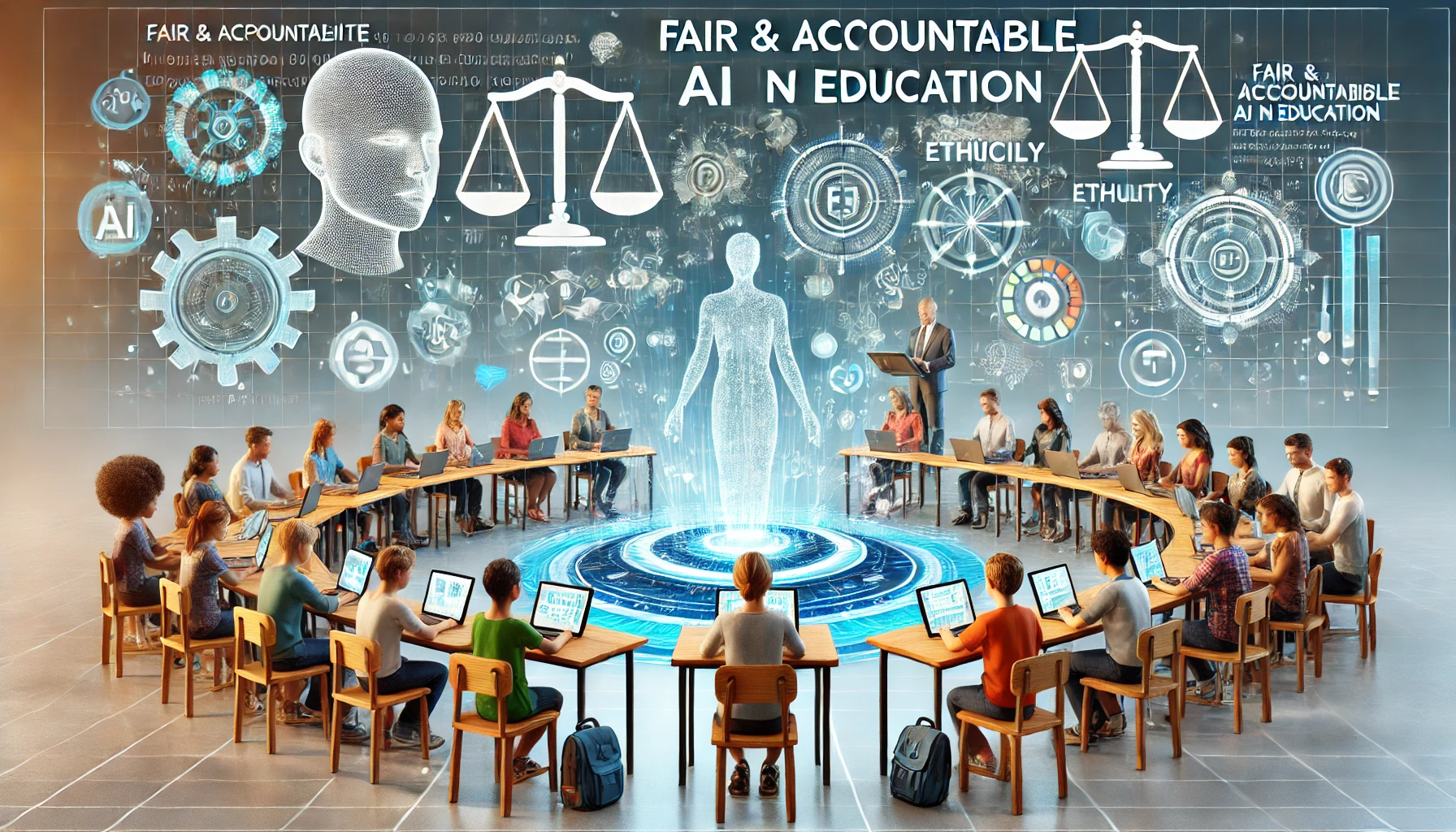Artificial Intelligence (AI) is increasingly being integrated into educational systems, offering personalized learning experiences and data-driven insights. However, this integration raises significant concerns regarding fairness and accountability. Ensuring that AI applications in education are equitable and transparent is crucial to prevent the perpetuation of biases and to promote inclusive learning environments.
Understanding Algorithmic Bias in Education
Algorithmic bias refers to systematic errors in AI systems that result in unfair outcomes, often disadvantaging certain groups. In educational contexts, such biases can manifest in various ways, including:Wikipedia
- Predictive Analytics: AI tools used to identify at-risk students may inadvertently reinforce existing disparities if trained on biased data. For instance, students from underrepresented backgrounds might be unfairly labeled as high-risk, leading to disproportionate interventions.
- Adaptive Learning Platforms: Personalized learning systems that adjust content based on student performance may inadvertently favor students who have had more prior exposure to the material, thereby widening achievement gaps.
- Admissions Algorithms: AI-driven admissions processes might inadvertently favor applicants from certain demographics if the training data reflects historical biases.
Frameworks for Responsible AI in Education
To address these challenges, researchers have proposed frameworks emphasizing responsible AI practices in educational settings. A study titled “Towards an Operational Responsible AI Framework for Learning Analytics in Higher Education” identifies seven key principles:arXiv
- Transparency: Ensuring that AI systems operate in an understandable and open manner.
- Fairness: Designing algorithms that provide equitable outcomes for all students.arXiv+2arXiv+2arXiv+2
- Accountability: Establishing clear responsibility for AI-driven decisions and their impacts.
- Privacy: Safeguarding student data against unauthorized access and misuse.
- Inclusivity: Developing AI systems that cater to diverse student populations.
- Reliability: Ensuring consistent and dependable AI system performance.
- Safety: Protecting students from potential harms associated with AI applications.
Implementing these principles can help institutions navigate the ethical complexities of AI in education and promote more equitable learning environments. arXiv
The Role of Transparency
Transparency is fundamental to building trust in AI systems. A “Transparency Index Framework” has been proposed to assess the openness of AI applications in education. This framework evaluates factors such as data sources, algorithmic decision-making processes, and the clarity of information provided to stakeholders. By adopting such frameworks, educational institutions can enhance the interpretability of AI systems and ensure that decisions are made transparently. arXiv
Ethical Considerations and Structural Injustices
Beyond technical solutions, addressing structural injustices is vital. AI systems should be scrutinized for their potential to reinforce existing societal inequalities. For example, if an AI system disproportionately identifies students from certain backgrounds as needing remedial support, it may inadvertently stigmatize these students and perpetuate negative stereotypes. Therefore, a critical examination of the societal contexts in which AI operates is necessary to ensure ethical deployment. arXiv
Moving Forward: Collaborative Efforts
Ensuring fairness and accountability in AI-powered education requires collaboration among educators, technologists, policymakers, and students. Developing interdisciplinary approaches that combine technical expertise with ethical considerations can lead to the creation of AI systems that are not only innovative but also just and inclusive.
By prioritizing responsible AI practices, the education sector can harness the benefits of AI while safeguarding against potential harms, ultimately fostering an environment where all students have equitable opportunities to succeed.





